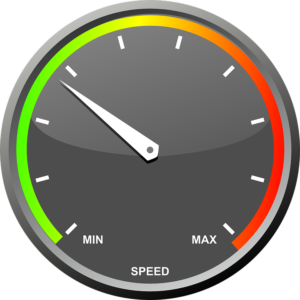Table of Contents
We grew up in a time when the dimension is extremely important in a variety of fields. Dimension’s history can be traced back to the nineteenth century, when many illustrious scientists, working together, made the introduction of dimension necessary. Sir Arthur Cayley, Sir William Rowan Hamilton, Sir Ludwig Schläfli, and Sir Bernhard Riemann were the names of these scientists. Dimensions, however, can be found in some ancestral books dating back to the 18th century. Rene Descartes reigned supreme. Nonetheless, the significant development of dimensions came into force in the nineteenth century.
Speed had been discovered by the great scientist Galileo Galilei, who defined it in a very simple way by stating that speed is something that is covered by a distance and the time it takes. Speed can indeed be defined in kinematics and in everyday language as the magnitude of the distance travelled by an object in a given time. It really is a scalar value. Its SI unit seems to be the metre per second (m/s), and the common speed symbol is v.

Almost all of the time, people confuse speed and velocity. However, even though they share some similarities, speed and velocity are not the same things. Speed is really only related to an object’s fastness, whereas velocity is related to both fastness and direction. The average velocity has been defined as the position change divided by the time of travel. The velocity of a body at any given time is normally referred to as instantaneous velocity. The initial velocity of an object indicates how fast it travels when gravity first applies force to it. The final velocity, but in the other hand, is a vector quantity that measures the speed and direction of a moving body after it has reached maximum acceleration.
Velocity has been defined as the total distance travelled by an object in a specific direction and at a given point in time. Velocity is indeed a physical vector quantity that requires both magnitude and direction to define. We can consider speed as a scalar absolute value (magnitude) of velocity, and it is a coherently derived unit whose quantity is measured in the SI (metric system) as metres per second.
The dimensional formula of velocity is represented as M0 L1 T-1.
Here,
- M = Mass
- L = Length
- T = Time
Derivation
We know that, Velocity (V) = Displacement × Time-1 . . . . (1)
Also know that, the dimensional formula of Displacement and Time is [M0 L1 T0] and [M0 L0 T1] respectively . . . . (2)
When substituting equation (2) in equation (1) we get,
Velocity = Displacement × Time-1 or V = [M0 L1 T-1]
Thus, velocity can be dimensionally represented as [M0 L1 T-1].
FAQs:
Is velocity a vector?
Velocity is determined as a vector quantity. As a matter of fact, velocity is aware of its direction. While calculating an object's velocity, one must keep track of its direction.
Why does speed and velocity possess the same dimensional formula?
The SI units for Velocity and Speed are about the same. In simple terms, velocity can be expressed as speed in a specific direction. So, the dimensional formula of speed and velocity seems to be the same.




